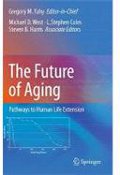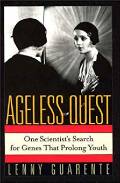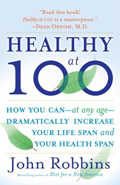Benjamin Gompertz Finds that Mortality Increases Exponentially with Age
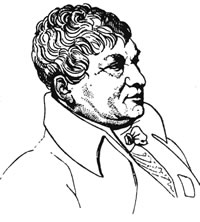 Who:Benjamin Gompertz
Who:Benjamin GompertzWhen:June 16, 1825
Methods: Empirically deriving the death rate from demographic data of England
Institution: The Royal Society
Where: London, England
Funding: The Royal Society
Technology: Survey Data
Benjamin Gompertz was a self-educated mathematician who was inducted into the Royal Society of Scientists. In the 1820s Gompertz took an interest in modeling human mortality outside of external causes. As Gompertz puts it:
It is possible that death may be the consequence of two generally co-existing causes; the one, chance, without previous disposition to death or deterioration; the other, a deterioration, or an increased inability to withstand destruction.1
Gumpertz was interested in the later situation: how can we model the probability of a person living to a certain age, if nothing unexpected happens to them? Gumpertz interpolated the mortality curve by comparing the proportion of people in different age groups across four cities in England. His results showed that mortality increases exponentially as age increases.1
The same phenomenom still exists today. Below is a graph of the U.S. death rate by age group clearly showing an exponential increase with age.
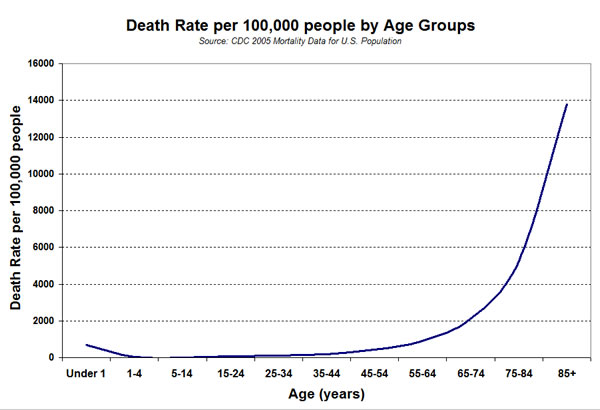
References
- Gompertz, B. 1825. On the nature of the function expressive of the law of human mortality, and on the mode of determining the value of life contingencies. Phil. Trans. Roy. Soc. 115:513-585.

